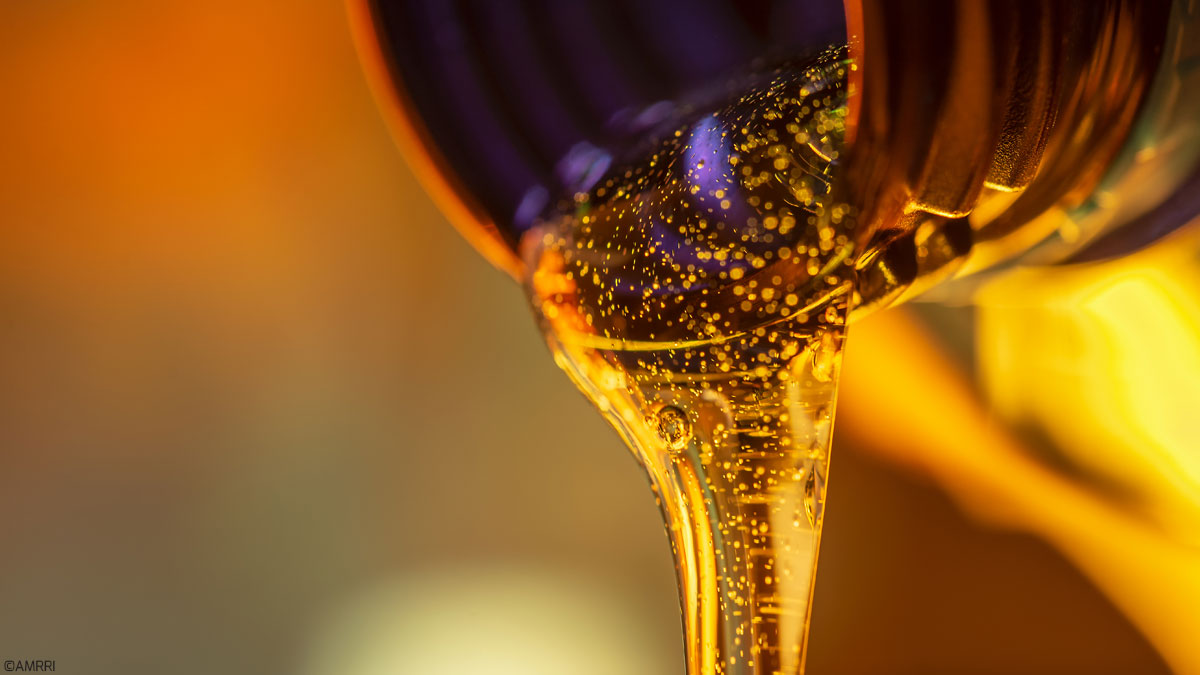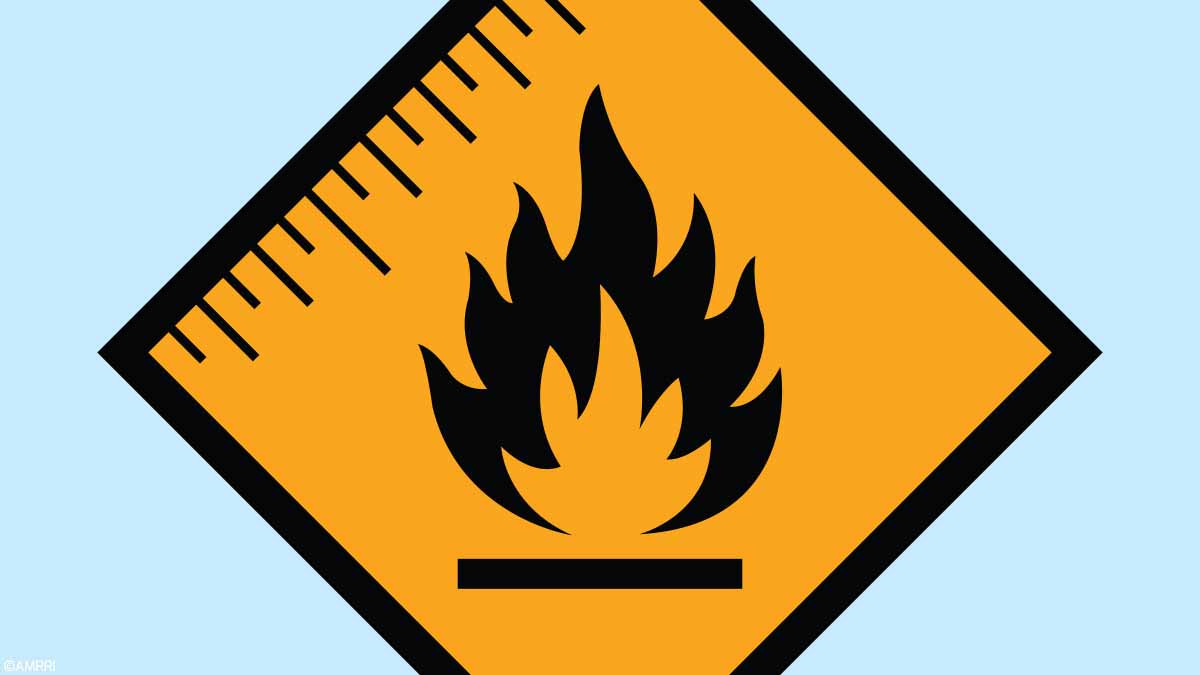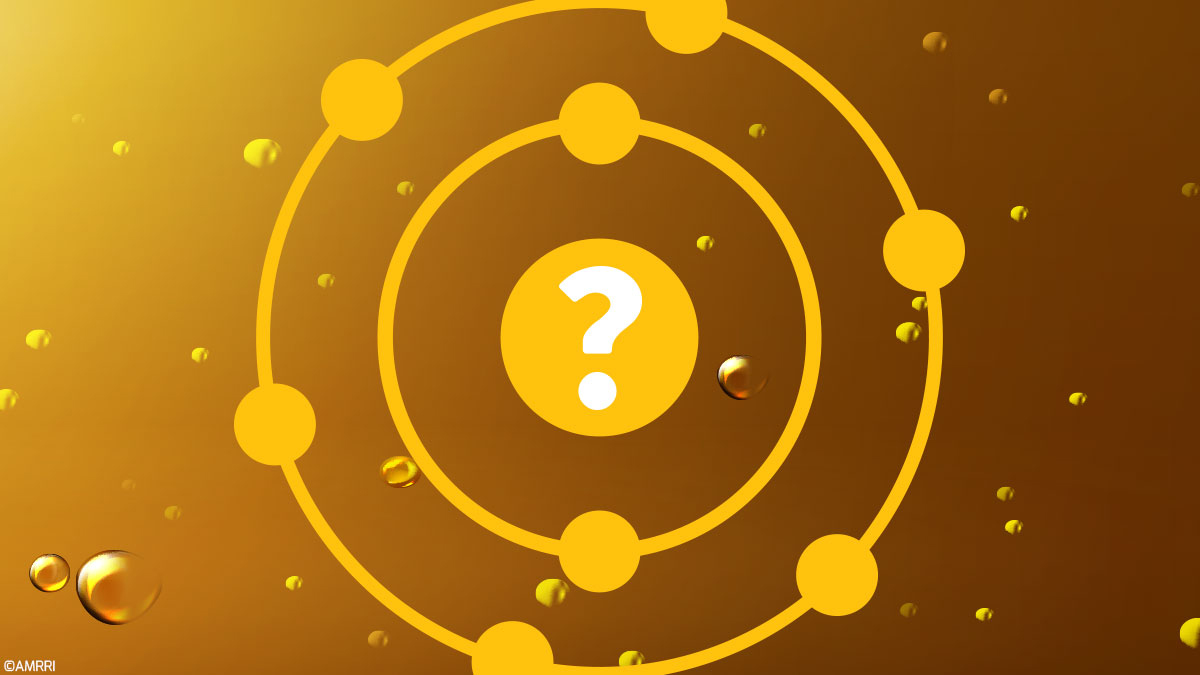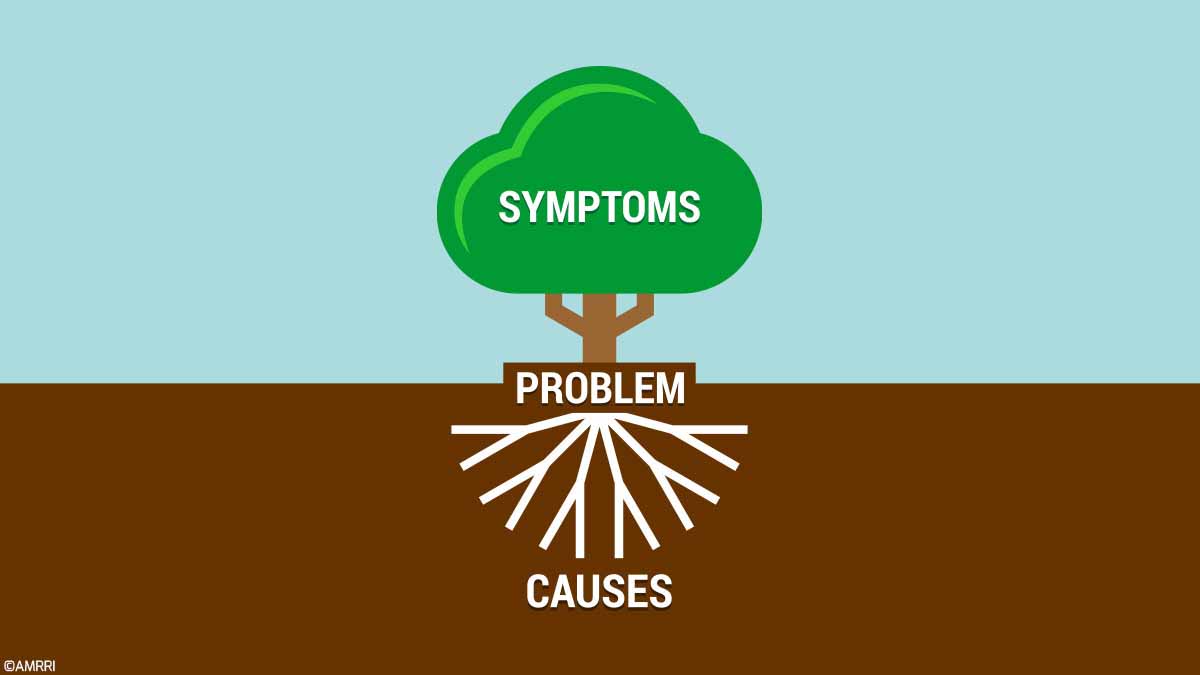Is the lubricant circulating through your system free from damage-causing contaminants? Using contaminated lubricants can lead to irreversible equipment damage, shortened life, and unexpected downtime.
Instances of contamination can be identified by inspecting the lubricant visually, looking for visible particles or cloudiness. Still, the smallest, unseen particles can have the most significant negative impact on equipment. These harmful microscopic particles must be identified through oil testing and analysis by a certified oil analysis laboratory.
Root Causes of Contamination
The life of components in automotive, industrial, and other equipment is reduced when contaminants circulate through the system. Water, solid particles, varnish, and even air can decrease drain intervals and increase foaming, oxidation, sludge, and varnish formation—potentially causing severe damage and catastrophic failure.
- Air: appears cloudy, can cause foam, and could be a sign the antifoam additive is depleted
- Water: can invade lubricants through vapor, rain, splashing, or leaky fittings
- Particle: unseen particulates enter the system through air movement or oil degradation
- Varnish: occurs in reservoirs and hydraulic systems and results in unsafe equipment conditions – see an example of a varnish formation below
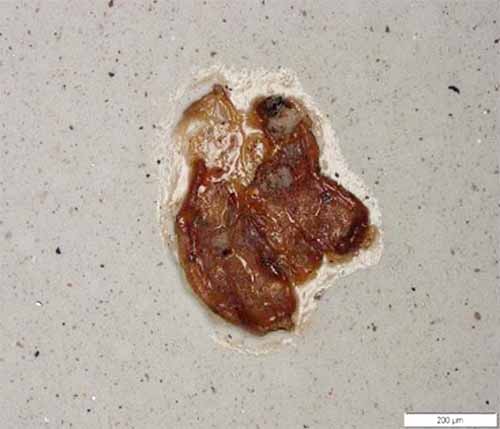
Microscope image of varnish formation
Microscopic Particles Cause the Most Damage
80% of hydraulic failures are caused by contamination, the most destructive and most serious type being particle contamination. This includes external contaminants, such as dirt or sand, and the microscopic pieces of metal generated while operating.
Certified lubricant testing and analysis can further investigate the size and shape of the particles to discover the root source allowing an assessment of the damage to the component.
Atomic Emission Spectroscopy (AES-ICP):
Elemental analysis (usually performed by an ICP) can identify the most common wear and contamination elements and quantify the concentration of contamination, with a size limitation of particles less than 8 to 10 microns in size. Still, other typical oil analysis technology can provide additional information on the sizes and types of contamination.
Particle Count
- Determines fluid and system cleanliness in filtered systems such as hydraulics, turbines, compressors, auto/power shift transmissions, recirculation systems, and filtered gear systems with a fluid viscosity of less than ISO 320.
- Particle count testing measures all particles accumulated in a system, including metallic and non-metallic particulate, dirt, fibers, water, biological growth, etc.
- Particle count will provide information on the different sizes of particles and their distribution found in the oil but will not determine the type of particles.
- When performing particle count, POLARIS Laboratories® uses several key pieces of information to evaluate particle count levels:
- Filter micron rating – The filter micron rating is the most critical piece of information for particle count evaluation as it is a direct indication of system clearances and equipment criticality.
- Application – The application of the equipment also affects particle count flagging. Equipment used in industrial and mining applications typically has tighter system clearances, meaning the lubricants must maintain high cleanliness levels to prevent component wear.
- Component type – If the filter micron rating is not provided, assumptions about the clearances in the equipment and cleanliness goals will be made based on the component type listed on the oil sample.
Particle Quantifier
- This technology will determine ferrous contamination without a size limitation. And when used in conjunction with AES-ICP when comparing PQ results with ICP results, the severity of ferrous particles present can be understood. The ICP will detect the smaller sizes, and the Particle Quantifier result greater than ICP would indicate larger particles are present.
- Further testing can investigate the size and shape of the particles to help maintenance personnel discover the source of the contamination and assess the damage to the component.
Microscope Analysis
- Filter Debris Analysis (FDA), micropatch, and analytical ferrography will provide images of specific particles present viewing under a microscope. Pictures of particle contamination, size, and type are included in a separate report with its own severity provided. FDA can evaluate the cause of filter plugging or an unexpected breakdown.
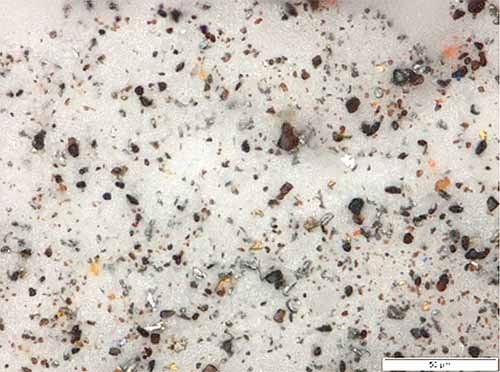
Microscope image of particles identified by Micropatch
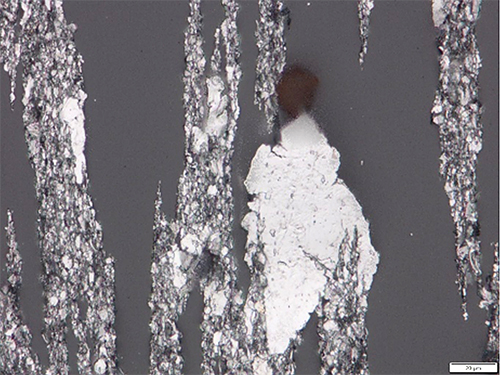
Contamination identified with Analytical Ferrography
Control Contamination from the Start
Because contamination sources vary, there are several ways to protect your lubricant from contamination, control it at acceptable levels and avoid unnecessary maintenance and downtime.
Lubricant storage is big – store lubricants indoors and away from outside elements and temperature changes. Installing desiccant breathers can help prevent contaminants from entering the system through valves and openings.
Regularly monitoring lubricant conditions through oil analysis can identify early signs of contamination and keep an eye on lubricant health.
If you are participating in an oil analysis program, installing sample valves or ports directly onto your components not only eases sample collection but avoids potential contamination from tubing and other supplies and ensures you’re collecting a representative sample for accurate analysis.



